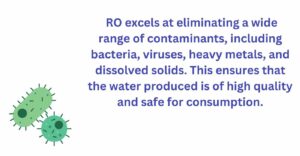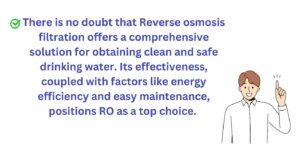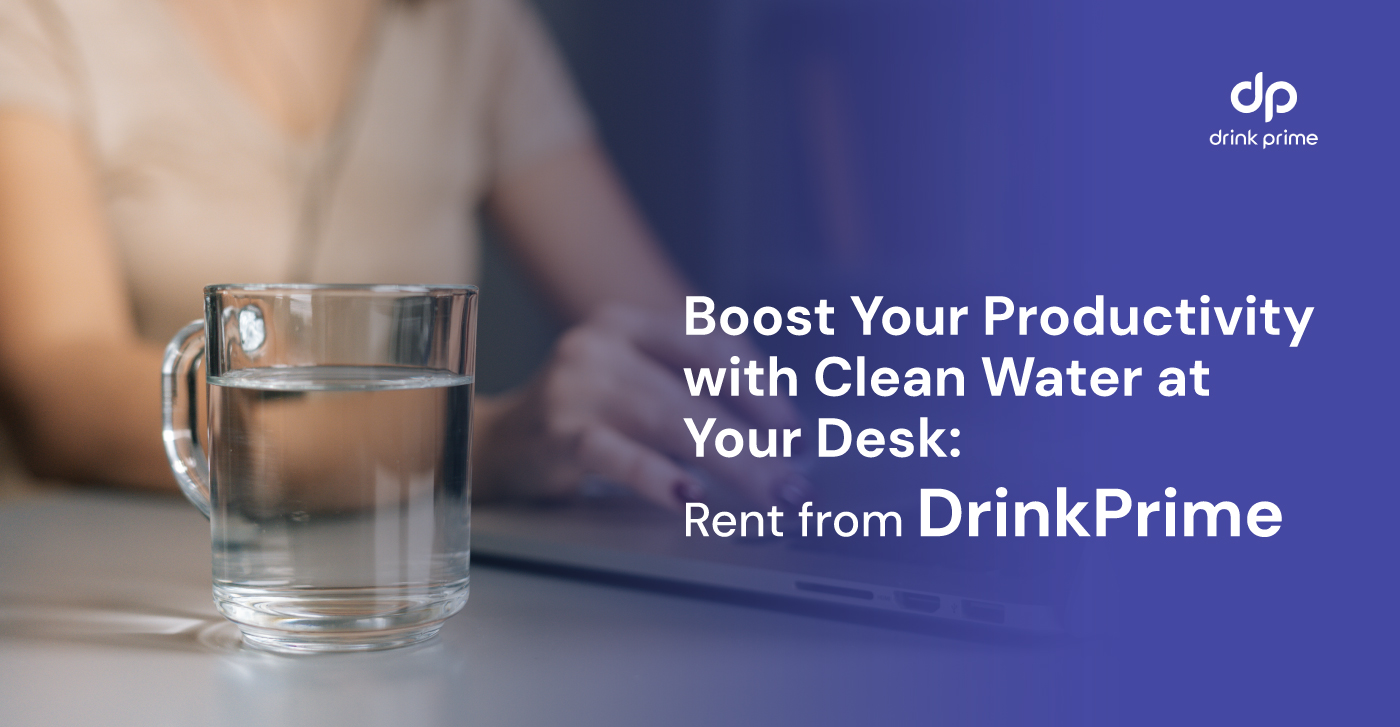In recent years, reverse osmosis (RO) has emerged as a frontrunner in the realm of home water purification, captivating the attention of health-conscious individuals and families worldwide. But what exactly is RO, and is it the right choice for your household?
The number one reason why reverse osmosis filtration is so popular is because of its remarkable ability to deliver exceptionally clean and safe drinking water. Water purifiers that use reverse osmosis filtration safeguard your family from the potential health risks associated with contaminated water by removing all impurities. Moreover, RO-purified water is also known for its refreshing taste and odor, making it an ideal choice for beverage preparation and cooking.
Should you go for an RO water purifier or not? In this blog, we’ll go on a journey to uncover the secrets of RO, exploring its benefits and drawbacks to help you make an informed decision.
Let’s dive in!
Get 7 Days Risk Free Trial
What is RO filtration?
Imagine a barrier stopping impurities from getting into your drinking water. This barrier, known as a semipermeable membrane, only allows tiny water molecules to pass through, while bigger things like dirt, chemicals, and even some viruses have to stay out.
That’s exactly how reverse osmosis filtration works. It uses pressure to push water through this selective membrane, leaving behind a stream of clean, safe, and healthy drinking water.
The best about RO is that it removes up to 99% of impurities, including:
- Chlorine, the stuff that gives tap water that pool-like smell
- Lead, a heavy metal that has the potential to cause brain damage
- Arsenic, a toxic element that can cause cancer in the long run
- Fluoride, a chemical that can cause tooth discoloration in case of long-term exposure
How does a reverse osmosis filtration purify your drinking water?
An RO water purifier generally consists of these filters that work together to give you purified water:
1. The Sediment Filter
This filter traps bigger particles like sand and rust.
2. The Activated Carbon Filter
This is responsible for eliminating chlorine, other odors, and unpleasant tastes.
3. The Reverse Osmosis Membrane
The star filter! This membrane removes the remaining impurities, leaving you with safe drinking water.
4.The Post-Carbon Filter
This filter purifies the water one last time, giving it a tasty, refreshing taste.
The pros of reverse osmosis

Reverse osmosis filtration stands out as a great water purification method, having numerous advantages that make it a popular choice for households and industries alike. Here are some key pros of reverse osmosis filtration:
1. Effective Contaminant Removal
RO excels at eliminating a wide range of contaminants, including bacteria, viruses, heavy metals, and dissolved solids. This ensures that the water produced is of high quality and safe for consumption.
2. Improved Taste and Odor
The thorough filtration process enhances the taste and odor of water by removing impurities that may contribute to unpleasant flavors or smells. This makes RO-filtered water more enjoyable to drink and use in various applications.
3. Retains important minerals
While some filtration methods remove essential minerals along with contaminants, reverse osmosis filtration selectively targets harmful substances, leaving beneficial minerals in the water. This ensures a healthier balance of minerals for consumption.
4. Energy Efficiency
Compared to some other water purification methods, RO filtration tends to be energy-efficient. It doesn’t require excessive power to operate, making it a sustainable and cost-effective choice in the long run.
5. Great Performance
RO systems deliver consistent and reliable performance over time. With proper maintenance, they can continue to produce high-quality water without a significant decline in efficiency.
6. Easy Maintenance
Routine maintenance for RO systems is relatively easy due to its consistent performance. This simplicity contributes to the overall convenience of using reverse osmosis for water purification.
The cons of reverse osmosis
While reverse osmosis filtration does have numerous advantages, it’s essential to look at some of its cons:
1. Wastewater Generation
One notable drawback of RO is the generation of wastewater during the filtration process. However, most RO water purifiers have already addressed this concern, making systems more efficient and reducing water wastage.
2. Initial Installation Cost
The upfront cost of installing a reverse osmosis water purifier may be higher compared to other water filtration methods. However, many brands now offer RO water purifiers on subscription. With DrinkPrime, you can bring a RO water purifier home at just Rs 333*!
3. Periodic Maintenance
Like any filtration system, RO water purifiers also require regular maintenance, including filter replacements. While this ensures continued effectiveness, some may see it as a minor inconvenience.
Get 7 Days Risk Free Trial
Is Reverse Osmosis the Right Choice?

If you’re concerned about the quality of your tap water, RO is a fantastic investment in your health. It’s like having a personal water purifier right in your home. Even when it comes to the pros and cons associated with reverse osmosis filtration, you will notice that the cons are relatively minor when weighed against its substantial benefits.
There is no doubt that Reverse osmosis filtration offers a comprehensive solution for obtaining clean and safe drinking water. Its effectiveness, coupled with factors like energy efficiency and easy maintenance, positions RO as a top choice for those seeking a reliable water purification method.



